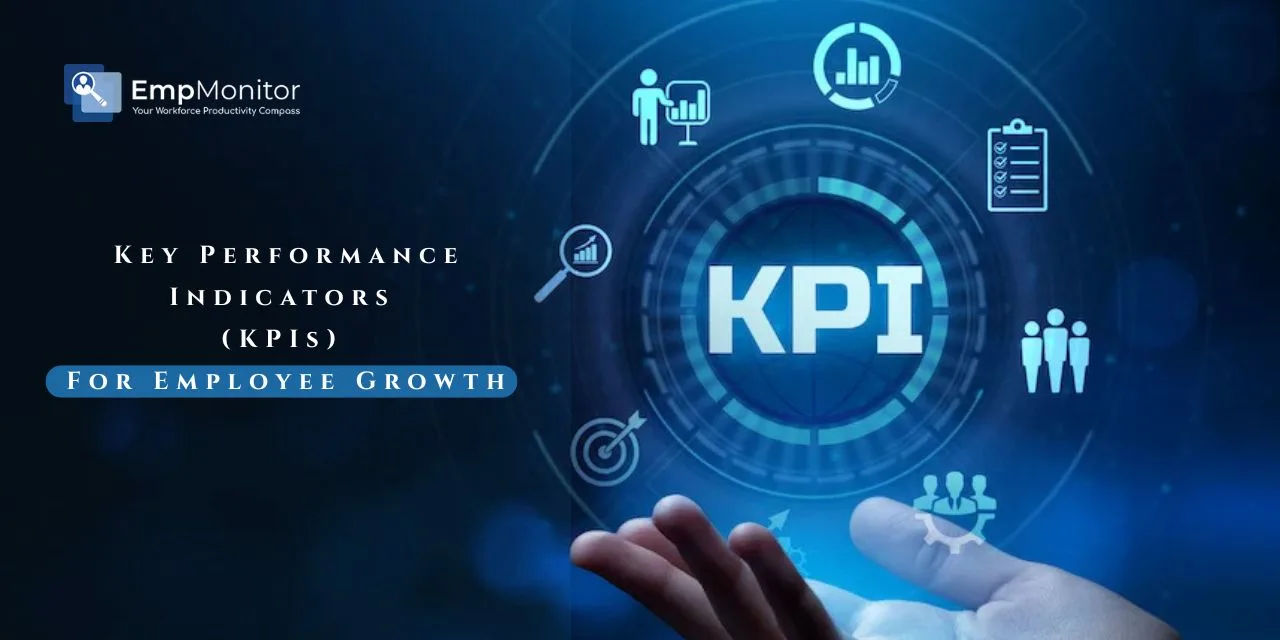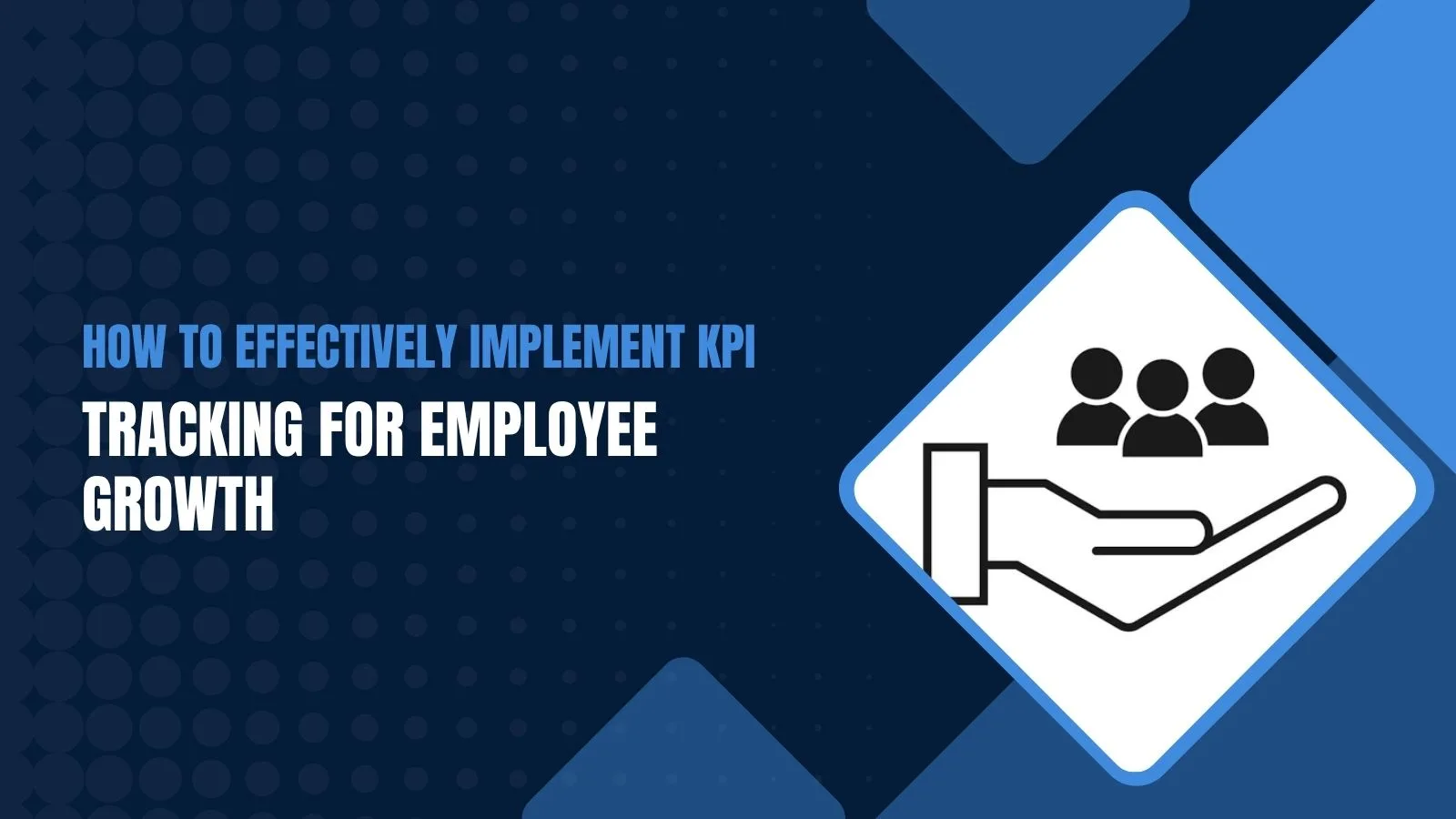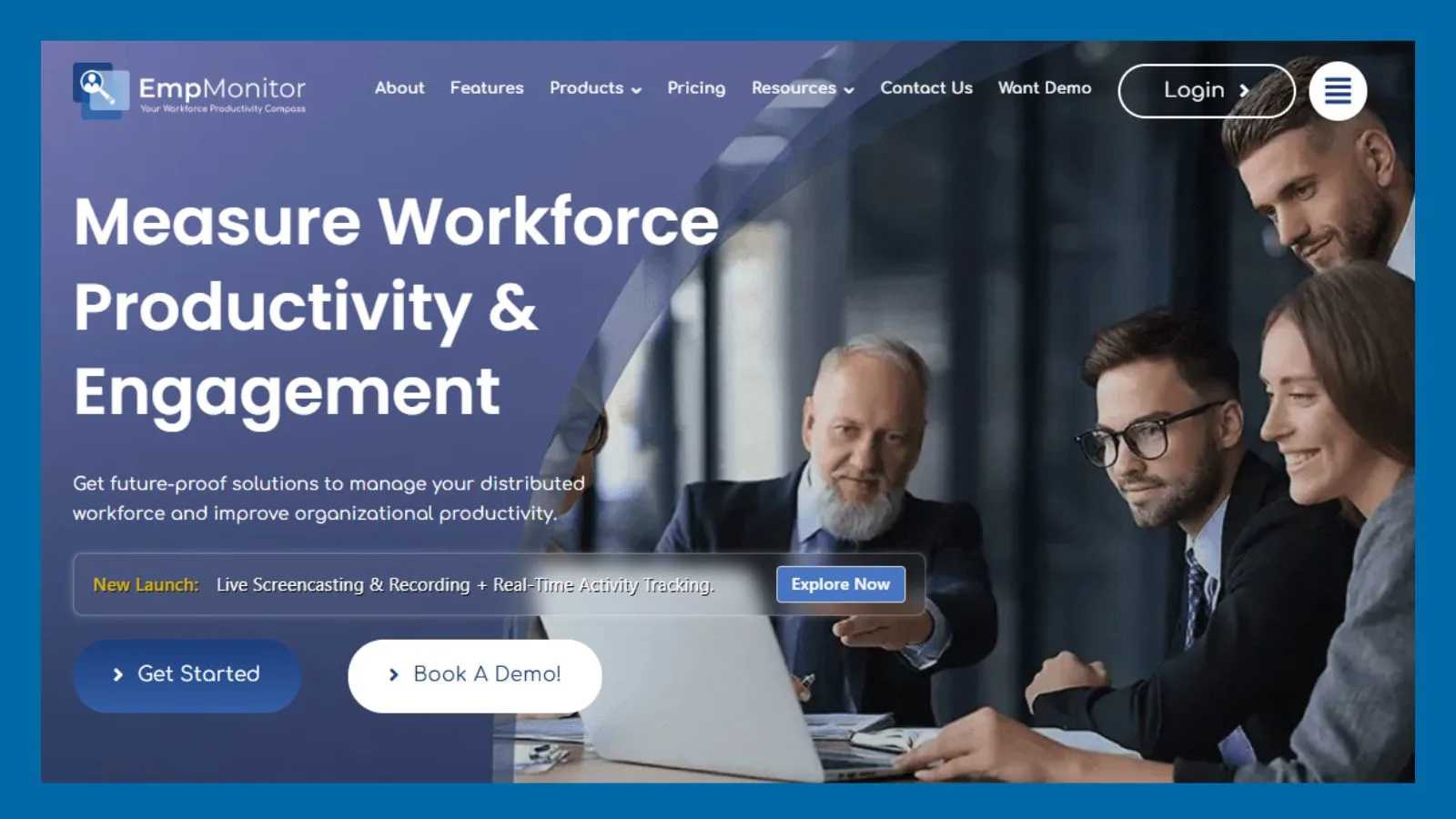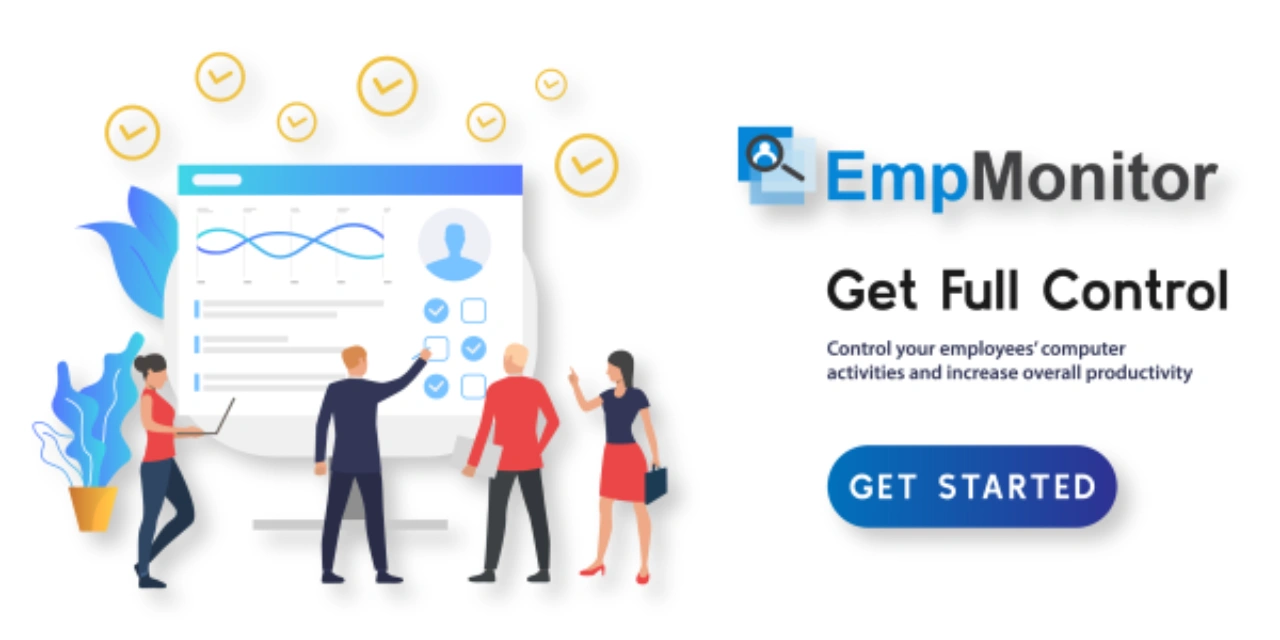Observing productivity Key Performance Indicators (KPIs) is not just a case of observing worker production; it’s a basis for facilitating staff development and growth in any organization.
Most people notice KPIs as a management tool for holding individuals accountable, but in reality, they have the potential to provide actionable insights that enable staff to recognize their strengths and areas for improvement.
Through regular measurement and analysis of productivity KPIs, workers receive a clear, fact-based portrait of their performance. The objective feedback goes beyond personal opinion, focusing on real areas where they are doing well and where they may require extra training or guidance.
For example, a salesperson monitoring their conversion rates can identify whether they need to enhance their pitching skills or their lead qualification process. This self-awareness is important to establish specific development objectives and be responsible for their career path.
Finally, a strong KPI monitoring system turns performance appraisals from simple assessments into helpful discussions of ongoing enhancement and career growth.
In a hurry? Listen to the blog instead!
What Are Productivity KPIs? 
Key Performance Indicators (KPIs) are limited standards that are used to measure the success of an organization, team, or individual in the achievement of particular goals.
When productivity-oriented, these KPIs measure the effectiveness and efficiency with which tasks are accomplished. They go beyond general opinion-based judgments, offering tangible data points that identify strengths and areas for improvement.
Types of Productivity KPIs:
Productivity KPIs can be highly classified.
1. Quantitative KPIs: It focuses on limited output, such as “units produced per hour,” “lines of code written,” “sales conversion rates,” or “customer tickets determined per day.” These offer a clear picture of volume and speed.
2. Qualitative KPIs, while sometimes harder to measure, assess the quality of work, such as “error rates,” “customer satisfaction files,” or “project completion success rates.” Then there are efficiency KPIs, which measure the resources used to achieve an output, like “cost per unit” or “time spent per task.”
KPI examples like “employee utilization rate” (the percentage of time an employee spends on productive work) or the time it takes to complete a process from start to finish. Fall under this umbrella.
Why Tracking Productivity KPIs Matters?
Tracing productivity KPIs is essential for several reasons. Firstly, for individuals, they provide actionable feedback, allowing employees to understand their current performance and identify areas where they can develop new skills or refine existing ones.
This self-observation is a basis of personal and professional growth. Secondly, for managers, these KPIs enable informed decision-making regarding training needs, resource allocation, and performance recognition.
They help identify top performers who can serve as counselors and pinpoint employees who might benefit from additional support.
Finally, by constantly monitoring productivity KPIs, organizations can set realistic goals, measure performance against industry standards, and ultimately drive overall business success while simultaneously nurturing a culture of continuous improvement and growth.
How Tracking KPIs Helps With Employee Growth?
Tracing productivity KPIs is key for fostering employee growth within any organization. It’s not just about numbers; it’s about providing a clear plan for individual development and improvement.
By consistently observing these key performance indicators, businesses can empower their employees to reach their full potential.
One of the primary ways tracking KPIs assists employee growth is by measuring improvement. Without defined principles, it’s difficult to calculate progress. KPIs offer objective data points that show an employee’s development over time.
For example, if a sales employee is tracking their conversion rate KPI, they can see if their efforts are leading to more closed deals, indicating growth in their sales skills.
This is the actual proof of improvement that can be a powerful motivator.
When employees know exactly what is expected of them in terms of output, quality, and ability, they can align their efforts accordingly.
This clarity reduces darkness and allows employees to focus on their tasks that contribute directly to their individual and team goals.
KPIs always play a powerful role in identifying strengths and weaknesses. By examining performance data, managers and employees can pinpoint areas where an employee surpasses and areas where further development is needed.
Maybe an employee consistently exceeds their target for project completion but struggles with timely communication.
This insight allows for targeted support to address weaknesses while using existing strengths. Some KPI Examples for Employees in this context would include project completion rates, client satisfaction scores.
Tracking KPIs can encourage motivation and engagement. When employees see their efforts translate into definite success, it boosts their confidence and sense of accomplishment.
The ability to imagine progress and understand their contribution to the larger organizational goals can lead to high job satisfaction and a greater dedication to their work.
Read More:
11 Essential Productivity KPIs And How To Measure Them In 2025
Empower Your Management With Employee Productivity Metrics
Measuring Employee Productivity: The Key to Maximize Success
Benefits Of Tracking KPIs for Employee Growth:
1. Tracking productivity KPIs (Key Performance Indicators) is necessary for promoting meaningful employee growth. It’s not just about measuring output; it’s a powerful tool for individual growth.
2. One healthy benefit is Personal Development. When employees see their productivity KPIs, they gain insight into their strengths. This data serves as a personalized roadmap, enabling them to focus on skill development and ongoing learning.
This leads to Improved Performance. Clear KPIs provide targets, motivating employees to work for excellence. Regular monitoring allows for timely mediation and adjustments, ensuring consistent progress and quality work.
3. Tracking these standards facilitates meaningful Recognition and Rewards. When an employee consistently meets or exceeds their productivity KPIs, their contributions are objectively possible. This fair and transparent system boosts morale and encourages continued high performance.
4. Creativity KPIs contribute to a Clear Career Path. By consistently proving their abilities through limited achievements. It provides actual proof of their value and potential. In nature, tracking employee productivity metrics offers a clear and useful framework for employees to grow and build a successful future within the organization.
How To Effectively Implement Kpi Tracking For Employee Growth?
To encourage meaningful employee growth, organizations must apply a structured approach to tracking performance. Establishing and observing productivity KPIs is a critical first step. These indicators help set clear expectations and measure employee productivity against specific goals, offering employees a clear path to improvement.
Start by identifying the right KPI for employee performance, ones that agree with individual roles and company goals. Avoid overall standards; instead, adjust KPIs to reflect the unique responsibilities of each employee.
To ensure perfection and consistency, integrate productivity monitoring software like EmpMonitor. These productivity monitoring tools can automate work data collection, reduce human error, and provide real-time insights into employees’ productivity.
When employees see their performance data visible clearly, they’re more likely to take action and self-correct before formal reviews.
Ongoing feedback is equally needed. Regular one-on-one meetings help managers to discuss progress, recognize achievements, and address any challenges. This nonstop loop of evaluation and support creates a culture.
How Empmonitor Supports Growth Through Smart Kpi Monitoring?
EmpMonitor isn’t just a tool; it’s like your digital assistant for keeping productivity on track. With features designed to help both managers and employees grow smarter, not just work harder, it offers a practical and friendly way to monitor KPIs.
Here’s how EmpMonitor makes that happen:
1. Attendance Management
Helps ensure team members are punctual and accountable, crucial for tracking consistency and building reliability.
2. Time Tracking
Understand how work hours are being spent. This promotes smarter work habits and helps identify where efficiency can be improved.
3. App & Web Usage Monitoring
Offers insights into software and website usage during work hours. It’s a great way to highlight productive behavior and eliminate distractions.
4. Project & Task Monitoring
Let you keep an eye on project progress. It ensures everyone stays aligned with goals and timelines.
5. Detailed Reports & Custom Dashboards
Gives both managers and employees a clear, visual understanding of performance trends, supporting data-driven growth.
By combining these features, EmpMonitor doesn’t just track productivity; it creates an environment where employees can understand their performance, make meaningful changes, and grow confidently within the company.
The platform also supports perfect productivity management by offering modified dashboards, automated reports, and alerts that help managers to stay informed. Giving employees visibility into their performance promotes responsibility and motivates them to stay on track.
Overall, EmpMonitor turns KPI tracking into a polished, supportive process that drives consistent employee development.
FAQ:
Q1. What are productivity KPIs, and why are they important for employee growth?
Productivity KPIs (Key Performance Indicators) are measurable values that help assess an employee’s ability and output. They are crucial for identifying strengths, areas for improvement.
Q2. How do productivity KPIs help in setting employee development goals?
By analyzing KPI data, managers can pinpoint specific skill gaps or performance trends, allowing them to create personalized training plans and growth-focused objectives.
Q3. Can tracking KPIs improve employee motivation and engagement?
Yes. When employees see clear standards tied to their progress and achievements, it promotes a sense of accountability and purpose, which can increase motivation and overall job happiness.
Q4. What are some examples of effective productivity KPIs for employees?
Examples include task completion rate, quality of work, attendance, and goal achievement rate. The choice depends on job role and organizational preferences.
Q5. How can employers ensure that KPIs support growth without causing stress?
Employers should focus on balanced, achievable KPIs, provide creative feedback, and use KPI data as a coaching tool rather than a corrective measure, promoting a supportive growth environment.
















